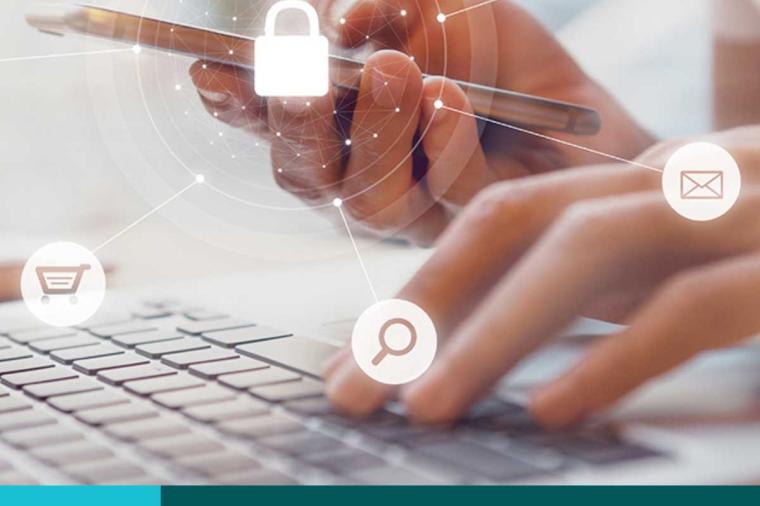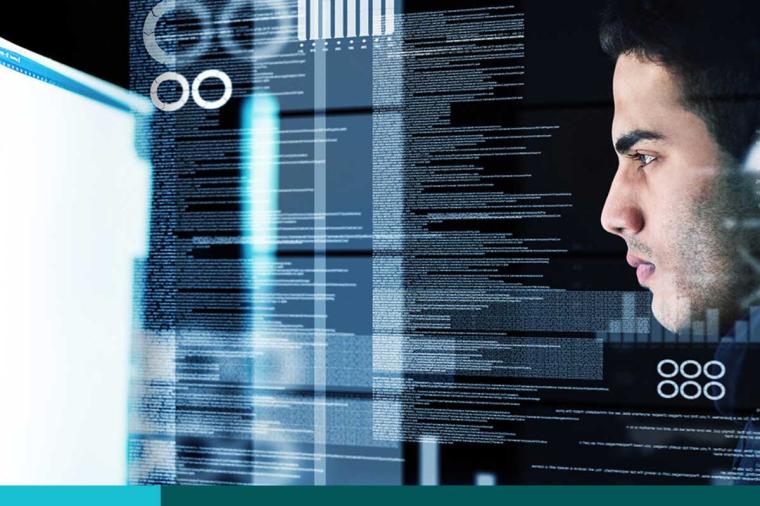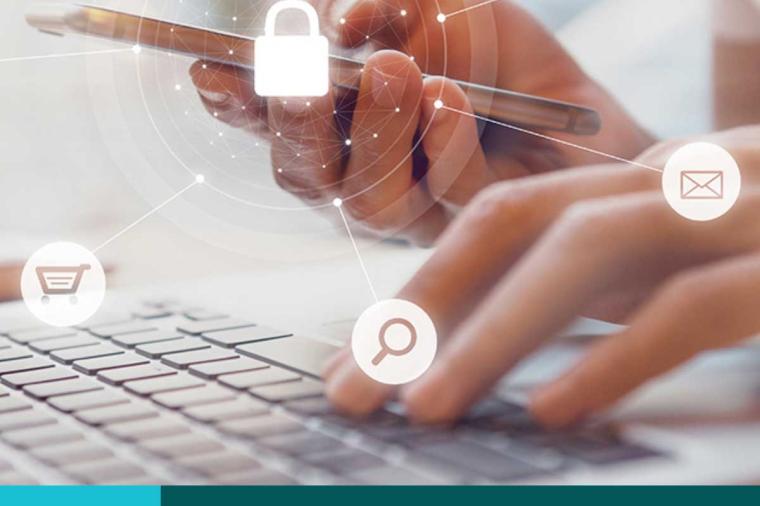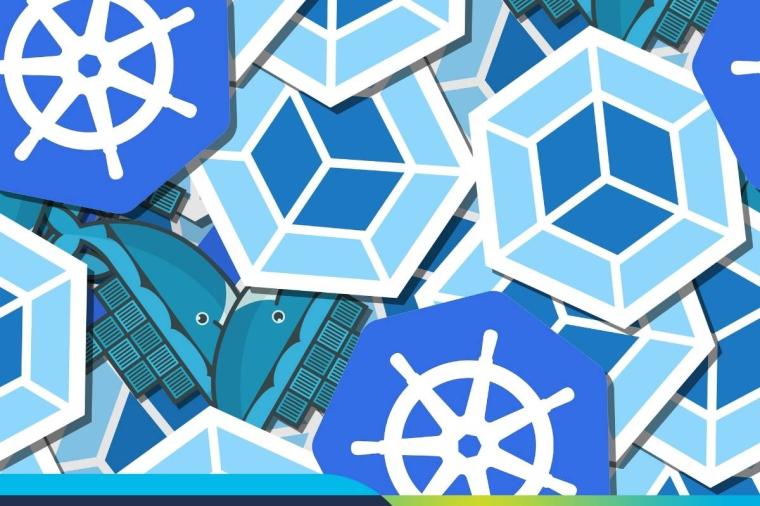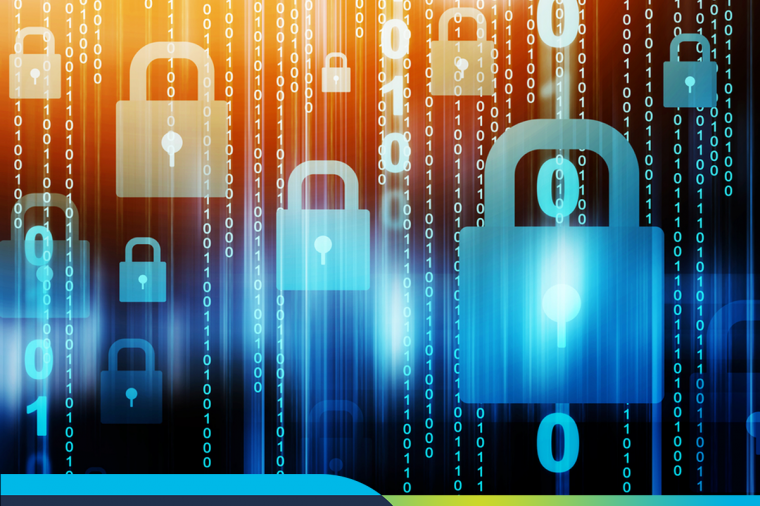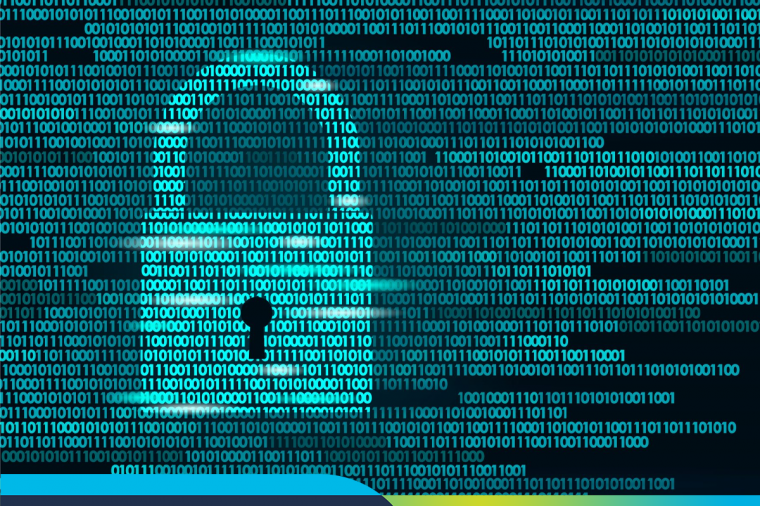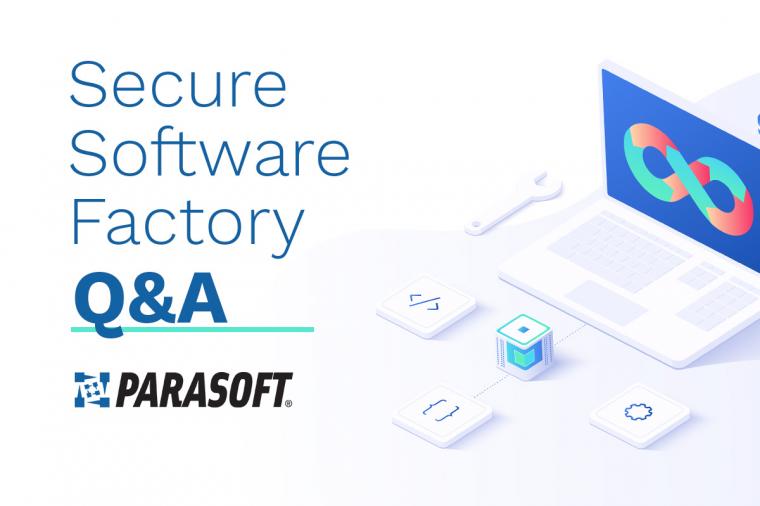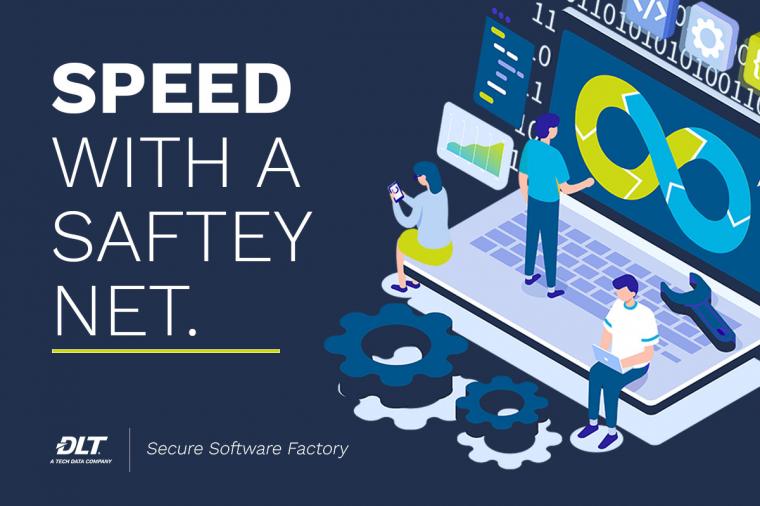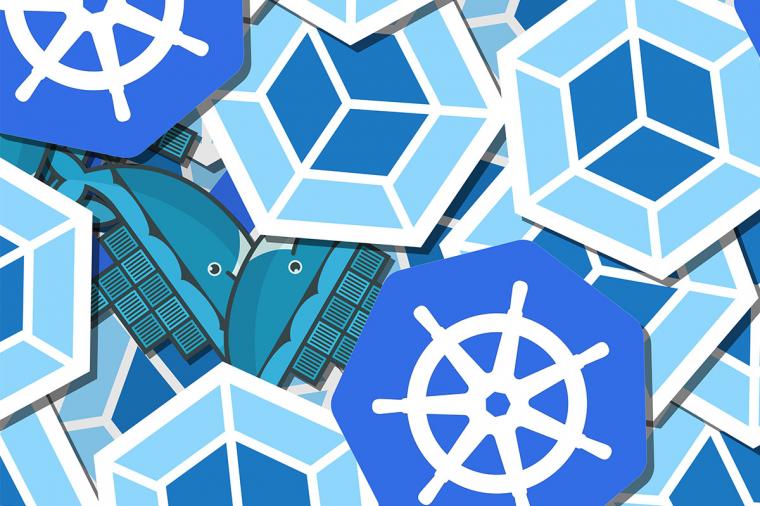Embracing Digital Government – Six Essentials for Innovation in the Public Sector

Article originally posted to the GovDevSecOpsHub here.
Patience seems to be a thing of the past. Anyone can order something on Amazon and have it delivered for free in about two days, even during a global pandemic. This same desire for immediacy is also driving change within local and state governments, which are increasingly expected to innovate and create new productivity and citizen-facing applications quickly.
And while innovation is absolutely essential in the public sector, so is security. The cyber threats facing all levels of government – from federal to municipal – is only getting greedier and more sophisticated. But moving quickly can often lead to taking shortcuts to security – and security testing at the end of the development process can be the enemy of releasing applications quickly.
Luckily, DevSecOps can provide the tools that public sector organizations need to respond to the pressing demands of the 21 Century in a rapid and secure way.
According to an e-book published by Red Hat entitled, “Making Government More Nimble: A Roadmap to Drive Innovation in the Public Sector,” a modern, digital government will require government IT entities to adopt a DevSecOps approach, which enables greater collaboration throughout project lifecycles. Collaboration between development, operations and security teams will create a foundation for a nimble digital government, capable of being innovative, fast and secure.
How does the government embrace this new approach to innovation and development? The e-book shares six essential steps for embracing innovation in the public sector:
Build a Foundation for Digital Government
Digital government is about using innovative technologies to transform how government does business, driving more value for constituents in the process.
“For the public sector to make digital government a reality, government organizations must address their technical debt, create processes and systems that improve inter-agency sharing and leverage open data — at least among their peer agencies within a given state,” says Frank DiMuzio, Regional Manager, Emerging Technology for Red Hat.
Drive Innovation and Transformation
To drive innovation and transformation, state and local governments must find new ways to develop and deploy technologies. The DevSecOps methodology uses open source principles to transform the culture of IT teams.
As collaboration becomes the norm rather than the exception for governmental agencies, they can begin to work across traditional boundaries to reduce technical debt and to adopt open source solutions and other emerging technologies that help them build a solid digital foundation.
Move Toward Consolidation and Optimization
The keys to ensure this push toward innovation in the public sector are consolidation and optimization. This includes combining services, operations, resources, infrastructure and data centers, and embracing enterprise thinking within organizations.
Embrace the Cloud and Containerization
Rather than relying on one cloud provider for IT services, now agencies can utilize a host of providers to maximize cloud technologies. To do this, a move to containerization should be considered.
Containers allow developers to package all the software components and dependencies of an application together and isolate it from other processes so the application can easily be run in different computing environments, whether it’s on-premises, in the cloud, or a hybrid environment.
The result is an IT ecosystem that allows faster deployments, freedom to innovate, and implementations not tied to a large legacy IT landscape.
Focus on Data Management and Analytics
As agencies collect enormous volumes of data, the needs of government goes well beyond storing the information. It must be searchable, useful, and leveraged for decision-making. Certain information must be kept unavailable, but other categories of data need the freedom to be used. A wise mix of data security and data analytics is a must-have in an innovative, digital government.
Improve cybersecurity and risk management
“Innovation does no good if you can’t secure it.” – David Egts, Red Hat
A key focus for state and local government CIOs in 2020 is security. As agencies seek to deliver solutions with integrated security standards and features, they must establish an enterprise-wide cybersecurity program focused on technology, employee training, and vendor management.
“Gone are the days when you just buy security tools. Now, the expectation for government agencies is that security is inherent in the product that they purchase. It should be secure by default,” Red Hat’s Frank DiMuzio says.





